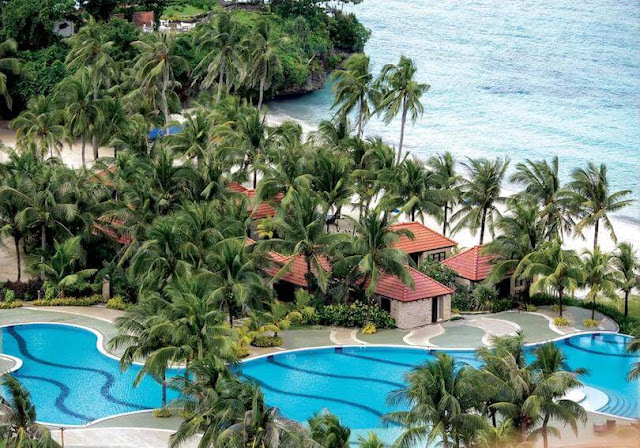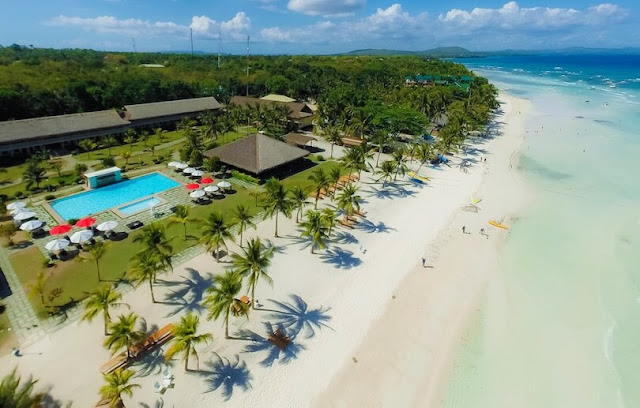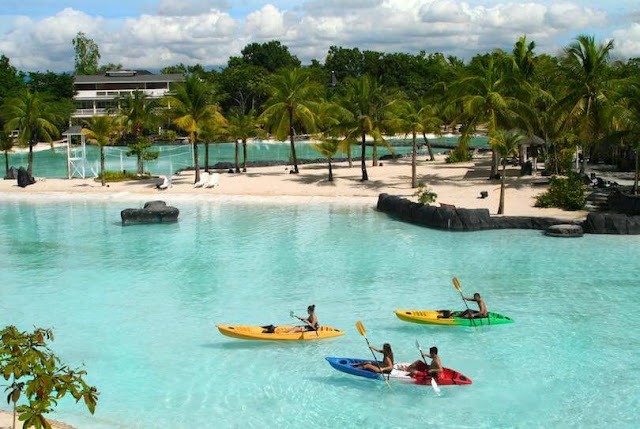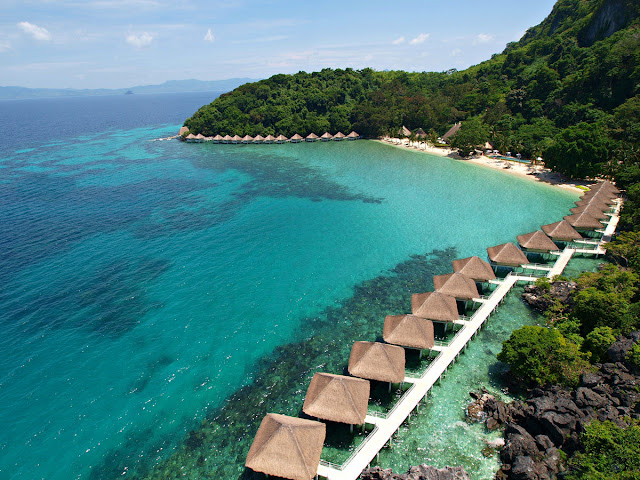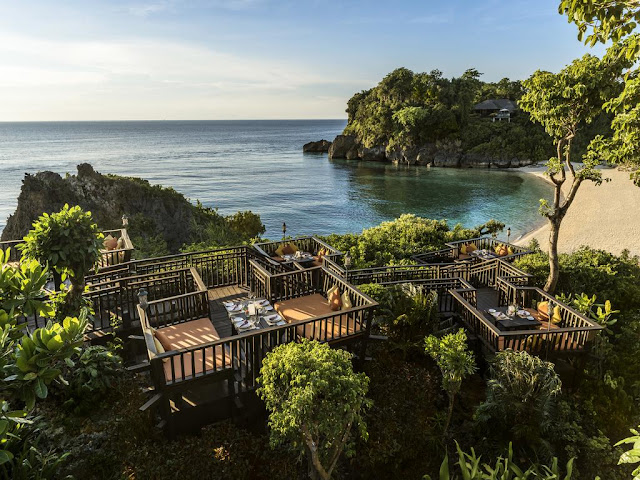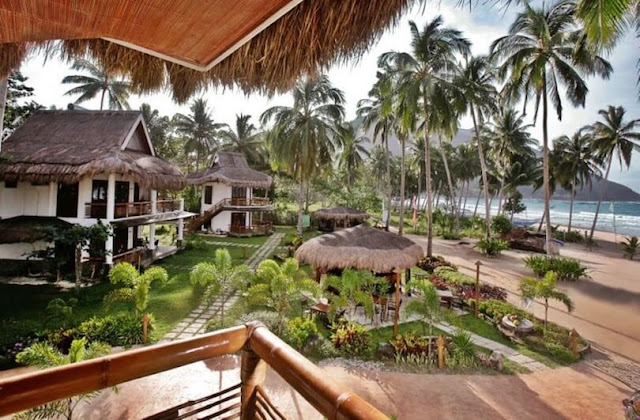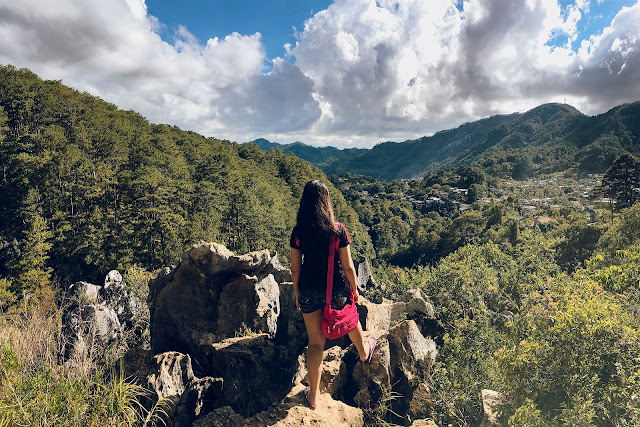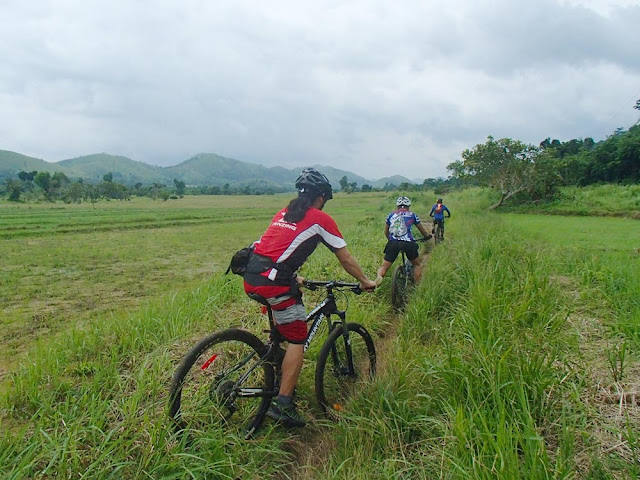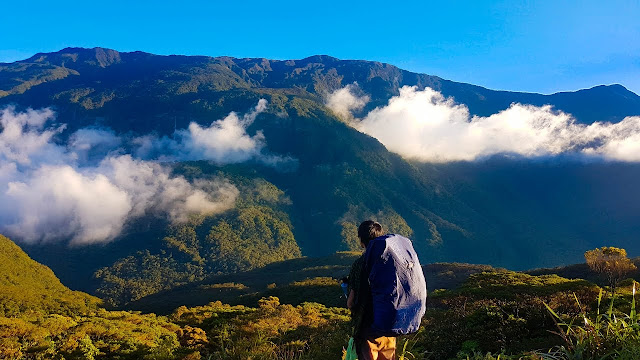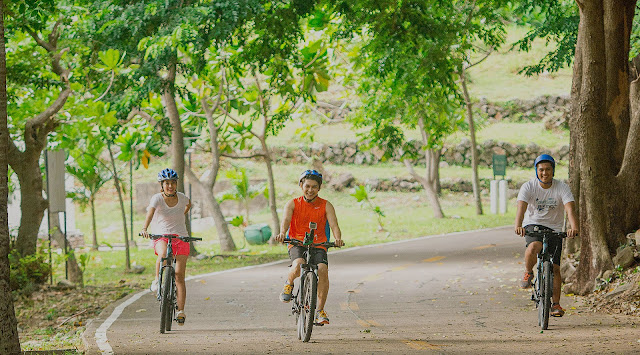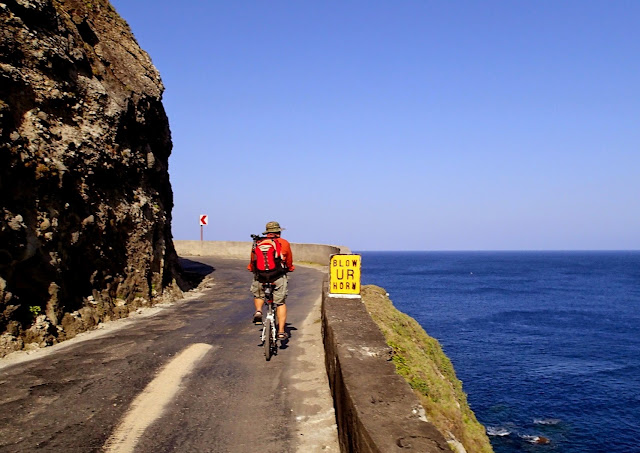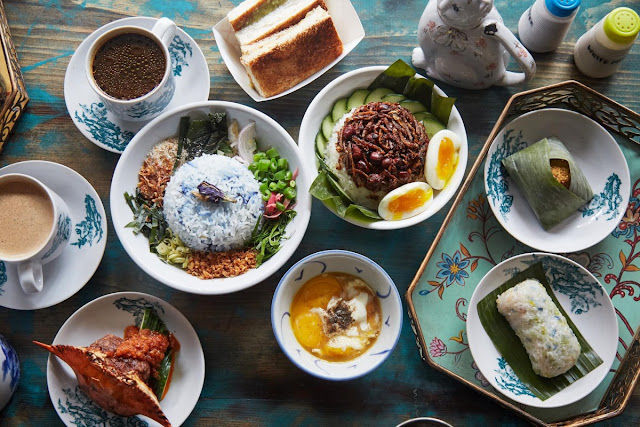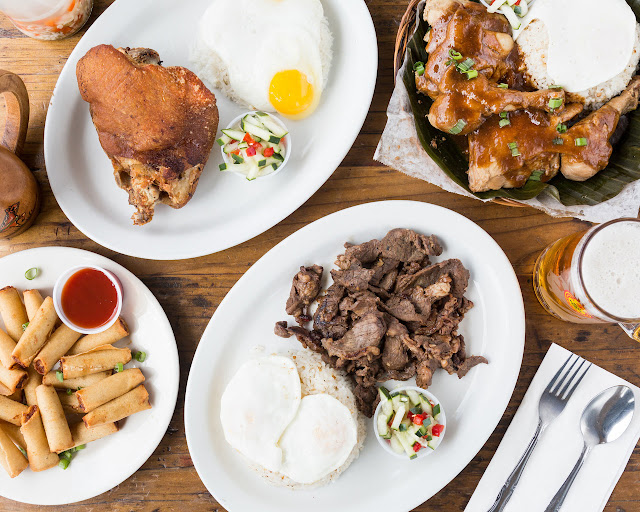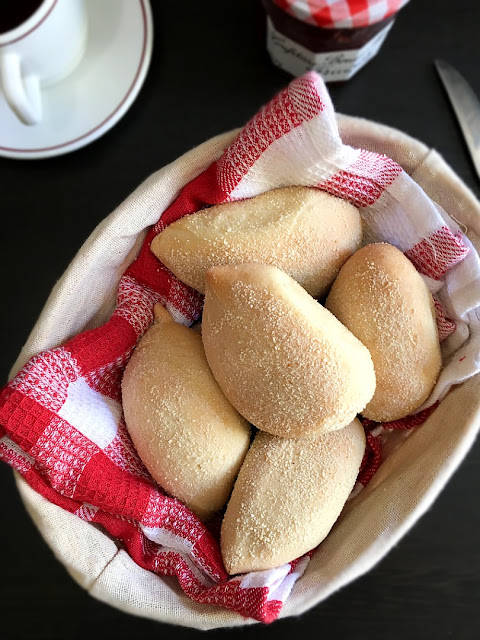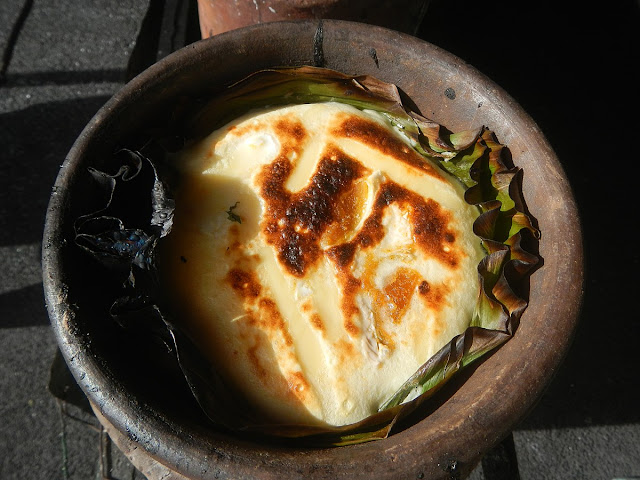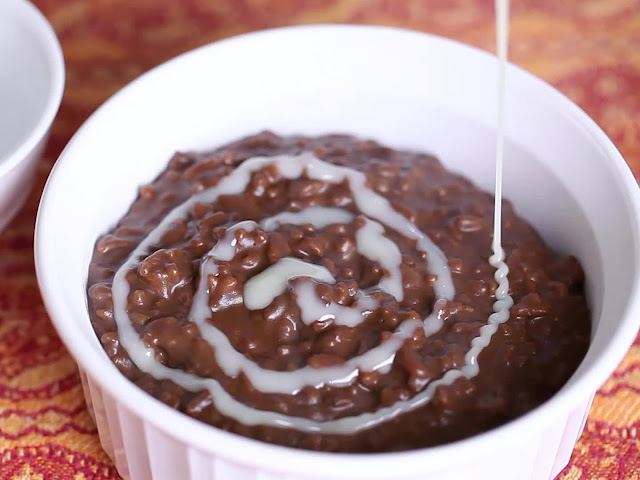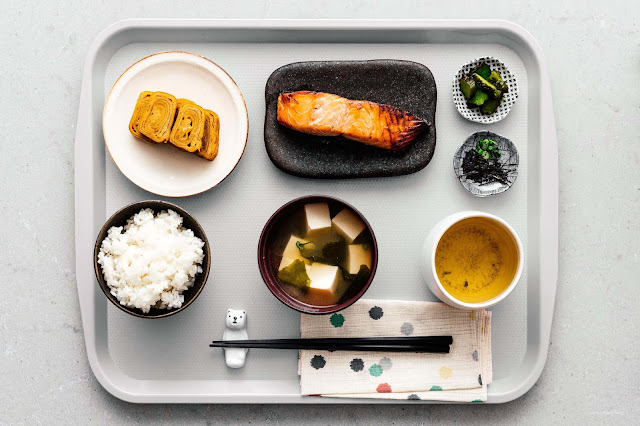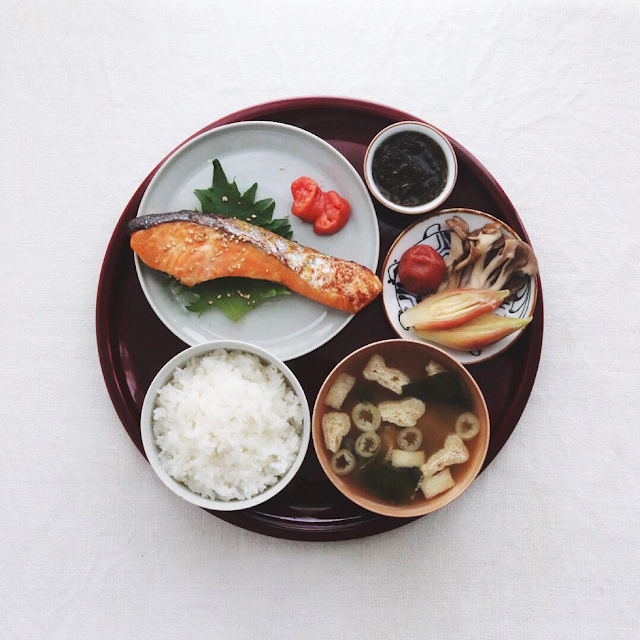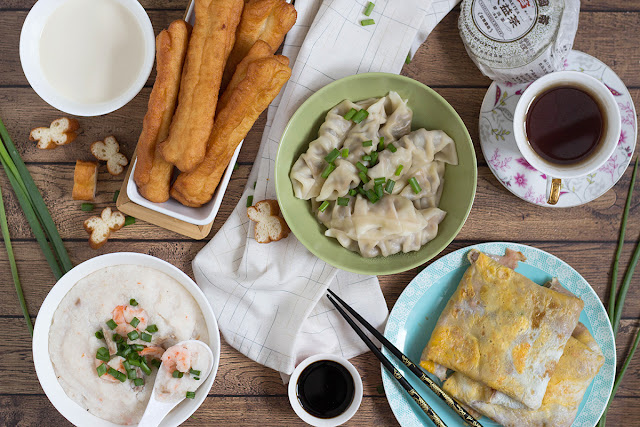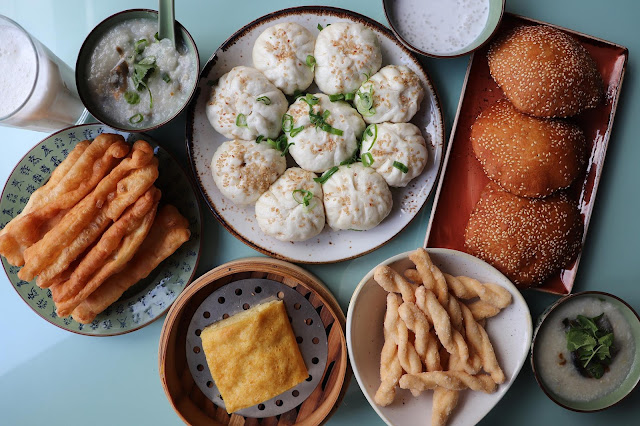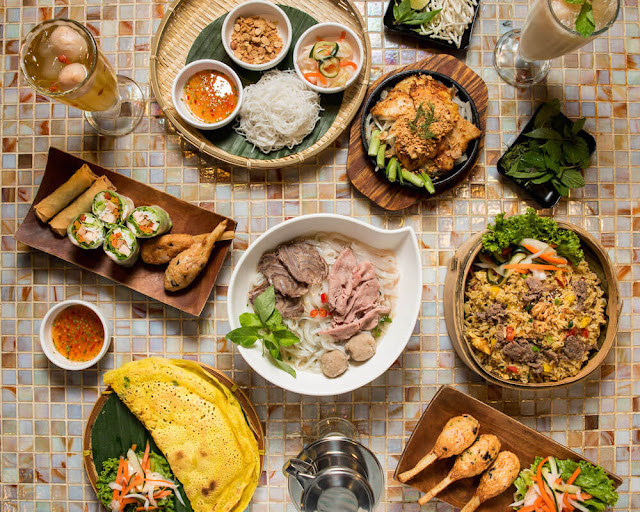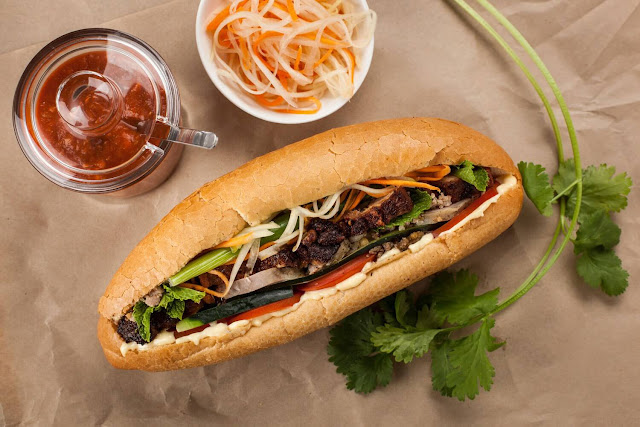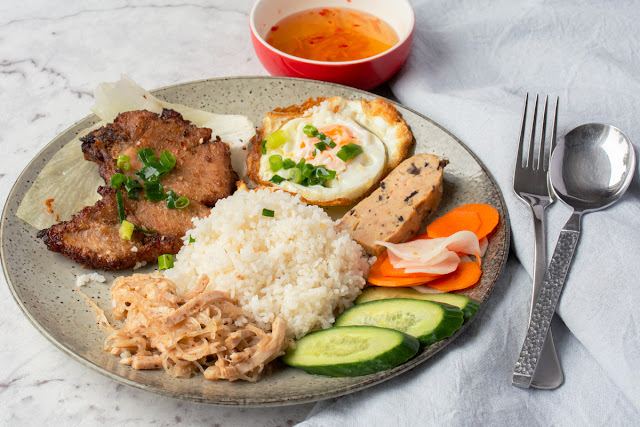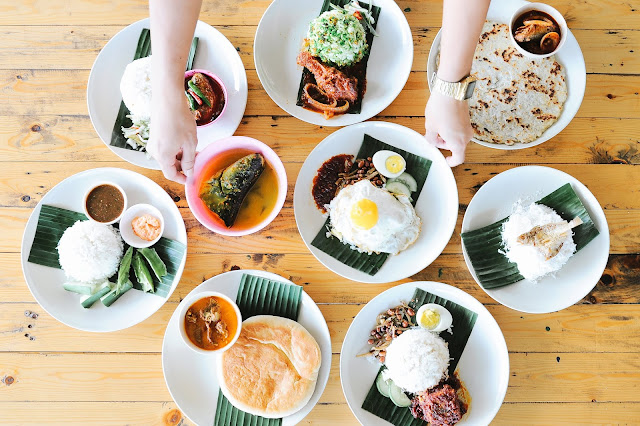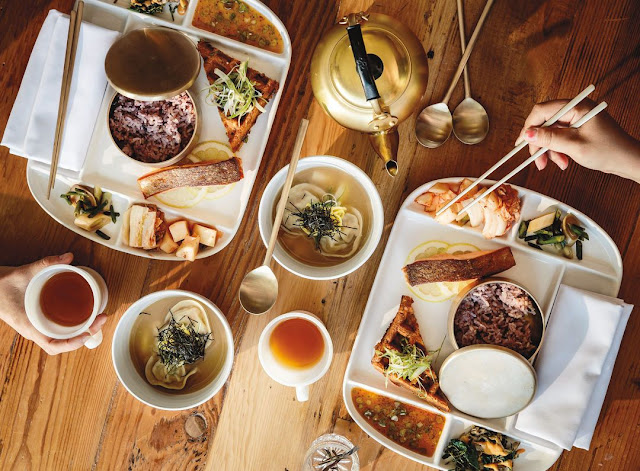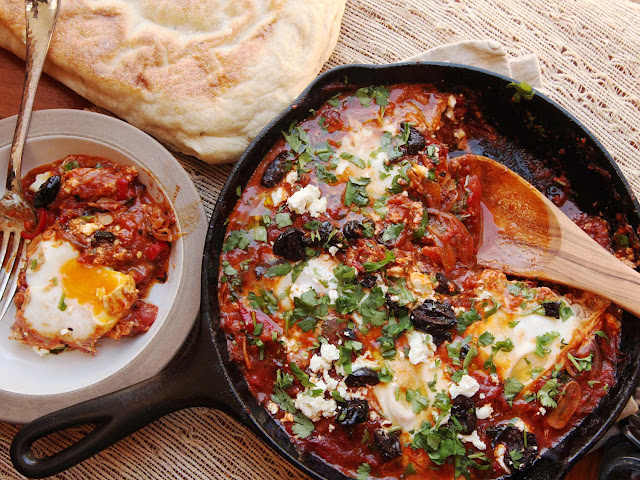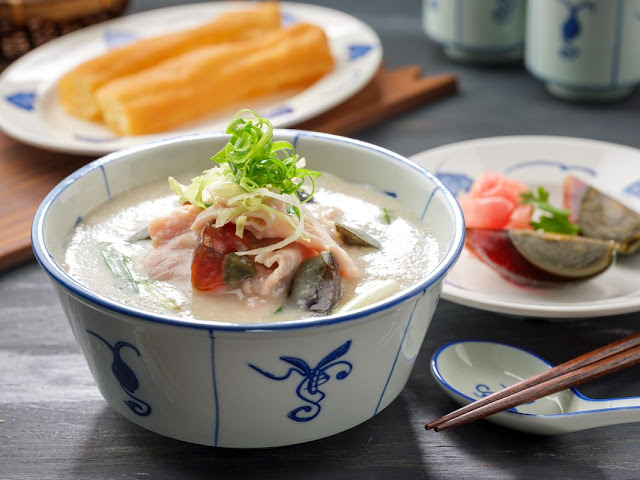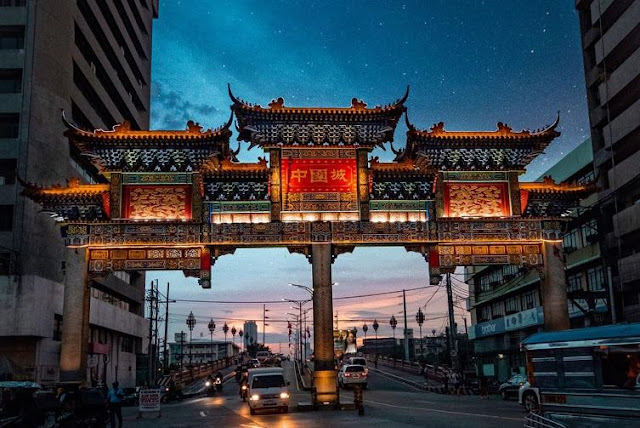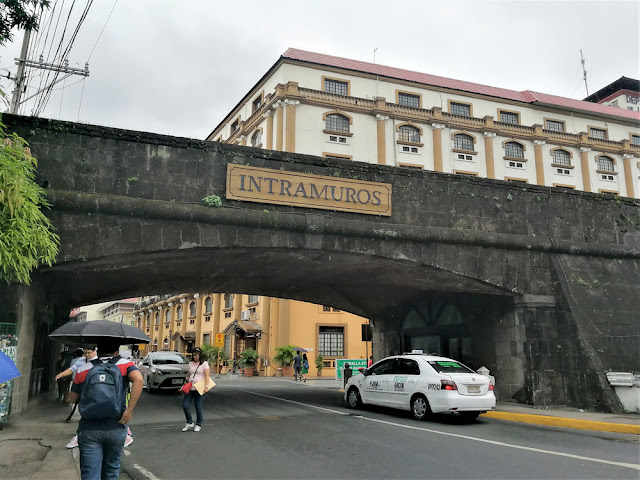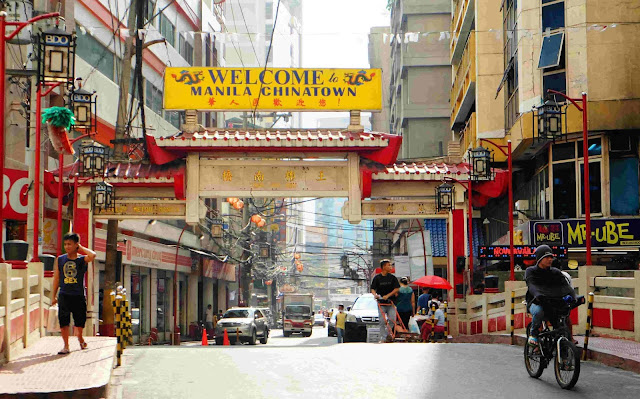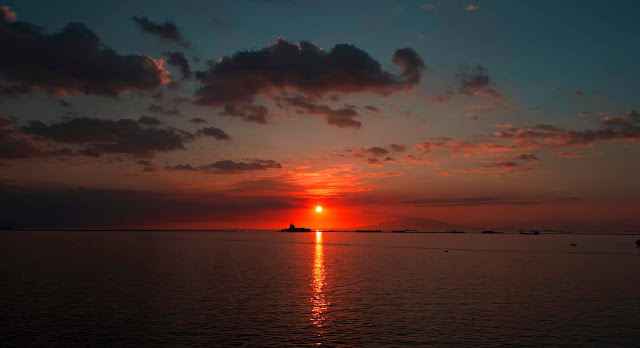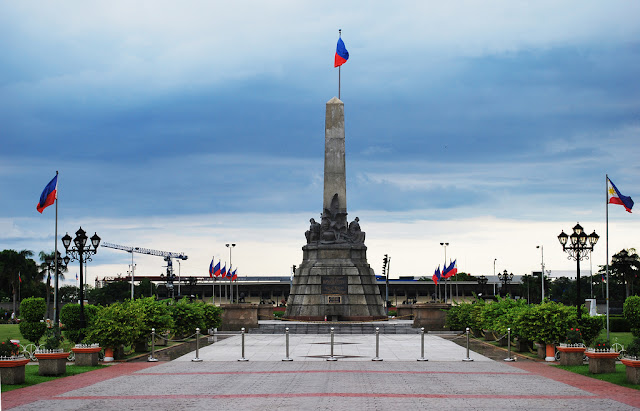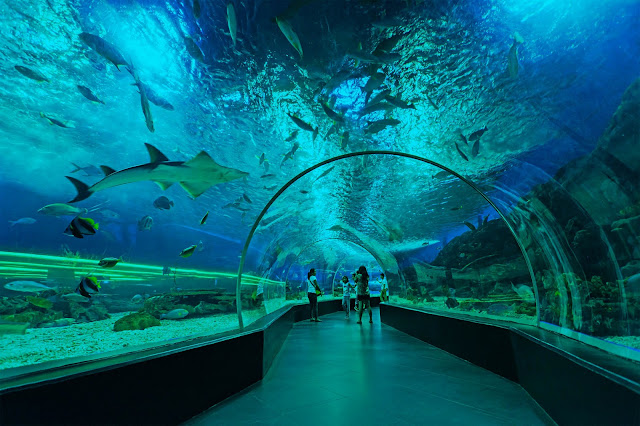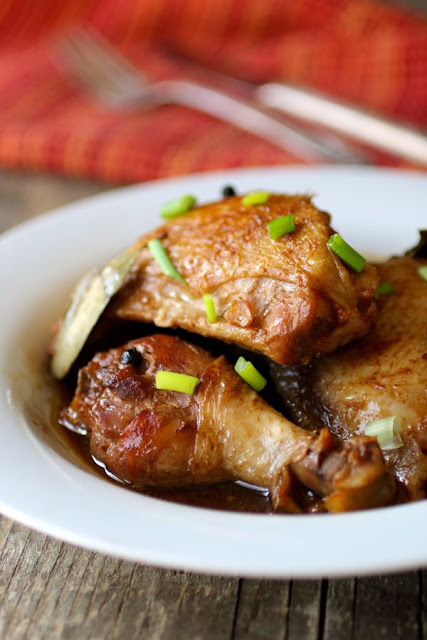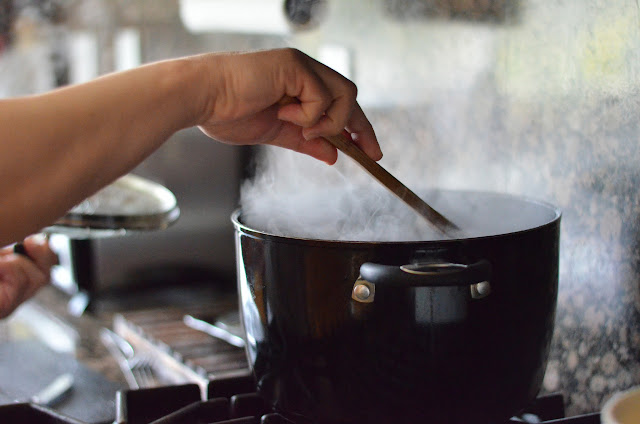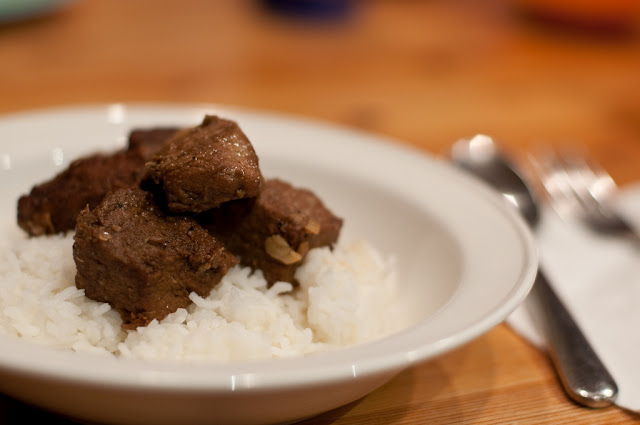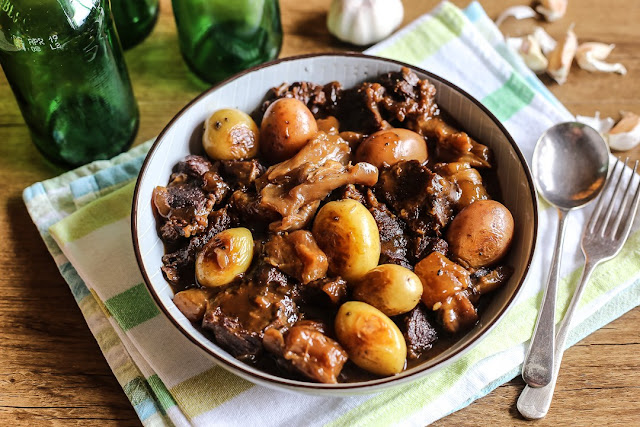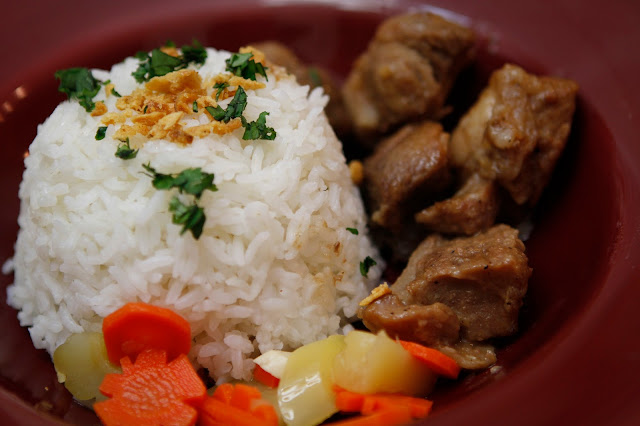Bohol Beach Club
Plantation Bay Resort
Although Plantation Bay Resort is right on the beach, you won’t have to jump the waves to go canoeing and paddle boarding. That is because the resort has its own private waterway, one of the largest in the world. The resort is near a top diving site, with coral reefs and shipwrecks just waiting to be explored. The hotel has all the graciousness of the tropical plantation it resembles. Spacious rooms have specially designed sleeping tubs, while restaurants serve everything from fried bananas to shrimp tempura.El Nido Resorts Lagen Island
El Nido Resorts on Lagen Island calls itself an eco-sanctuary, a place that is designed to preserve the surrounding environment. On one side of the resort, there’s a lush forest; on the other side, tranquil bay waters. You can relax by going bird- or wildlife watching or looking at the scenery from limestone rock formations to the jungle. You can get your daily exercise by sailing, hiking a nature trail, swimming or working out at the fitness center, followed by a relaxing massage.Shangri-La's Boracay
Lush vegetation gives Shangri-La’s Boracay a very intimate feel, almost like you’re on a deserted island. Located on Puka Shell Beach on scenic Boracay island, the resort’s white sand beaches and green forest make for a winning combination. Water activities range from lounging on the beach to parasailing to deep sea diving. You can rejuvenate yourself at the full-service spa that offers treatments using Chinese and Philippine techniques. Your dining options include a cliff-top restaurant that specializes in seafood.Daluyon Beach and Mountain Resort
Green is a relaxing, serene color; it reminds us of the great outdoors Which makes Daluyon Beach and Mountain Resort the perfect spot for relaxation. Located on Palawan island in the West Philippine Sea, this small resort is surrounded by lush green vegetation. You can walk along the beach, swim in an enormous pool or just walk through the jungle. If you’re looking for different water activity, consider a ride on the nearby Puerto Princessa Underground River — Daluyon is the closest resort to the river.Read more: Top most beautiful towns in the Philippines
Source Internet
